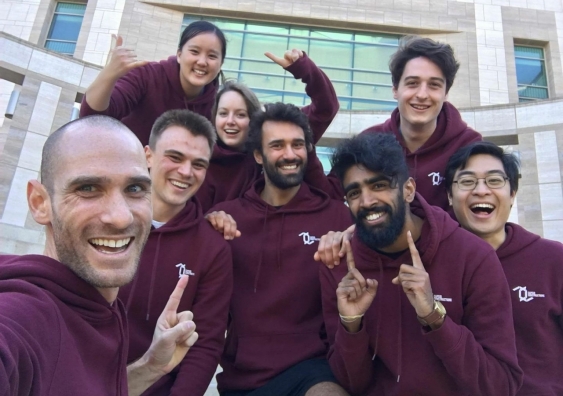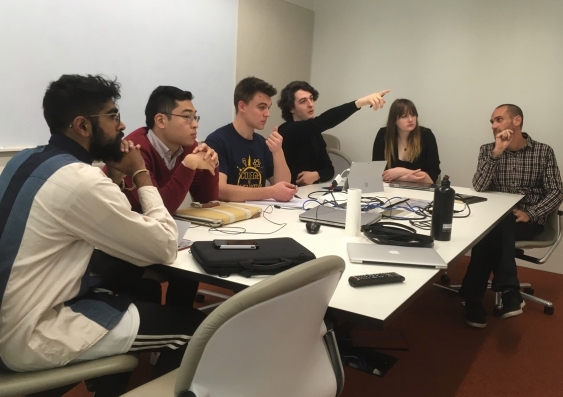UNSW students win Harvard BIOMOD for third time
A student-designed DNA scaffolding nanostructure that provides new insights into self-assembling biological systems has taken out the grand prize at Harvard University’s annual biomolecular design competition.




